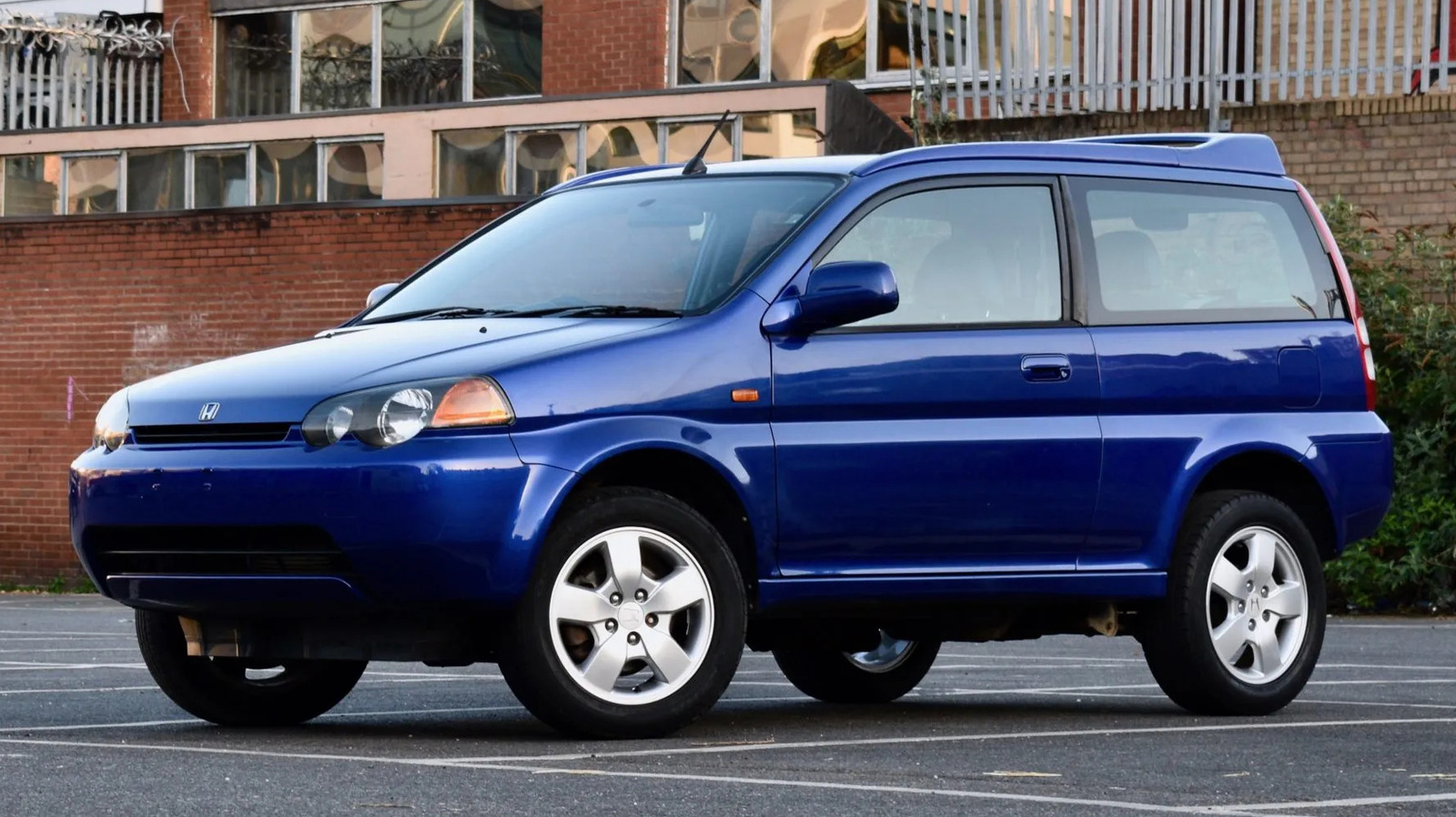Why Didn’t the First-Generation Honda HR-V Come to the U.S.?
If you’ve ever stumbled across photos of the original Honda HR-V—the quirky, boxy little crossover from the late 1990s—you might’ve wondered why it never made its way to American roads. The answer is a mix of timing, market trends, and Honda’s own strategy. Back in 1999, U.S. buyers were still warming up to the idea of compact crossovers. SUVs were getting bigger, not smaller, and Honda was focused on models like the CR-V and the larger Passport. Meanwhile, the HR-V was designed with European and Asian urban drivers in mind—folks who valued nimble handling, efficient use of space, and a dash of style over brute size.
What Made the First-Gen HR-V Stand Out?
Let’s be honest: the original HR-V had character. Unlike the more conservative, family-friendly HR-Vs we see today, the first-gen model was a three-door hatchback with a manual transmission option. It looked like something out of a futuristic comic book—tall, angular, and unapologetically different. The interior was just as clever, making the most of its compact footprint with fold-flat seats and surprising cargo space. Honda even offered all-wheel drive, making it a practical choice for city dwellers who occasionally ventured off the beaten path.
How Did the First HR-V Compare to Today’s Models?
Today’s HR-V is a solid, sensible crossover—great for hauling groceries, commuting, and the occasional road trip. But if you compare it to the 1999 version, you’ll notice a shift in personality. The original was lighter, more playful, and—thanks to that manual gearbox—offered a more engaging driving experience. It wasn’t just about getting from point A to point B; it was about having a little fun along the way. Modern HR-Vs, while safer and more refined, have lost some of that edge in favor of broader appeal.
Are There Any Real-World Examples of the First-Gen HR-V’s Appeal?
Absolutely. In markets like the UK and Japan, the first-gen HR-V developed a cult following. Owners loved its blend of practicality and personality. It became especially popular among younger drivers and urbanites who wanted something different from the sea of bland hatchbacks and sedans. Even today, used examples fetch a premium, especially those rare three-door, manual-transmission models. It’s not uncommon to see enthusiasts importing them to countries where they were never officially sold, just to get a taste of that unique driving experience.
What Do Experts Say About the HR-V’s Legacy?
Automotive historians and reviewers often point to the first-gen HR-V as a pioneer in the subcompact crossover segment. According to a 2023 report from JATO Dynamics, the global popularity of small crossovers has exploded in the last decade, with sales increasing by over 300% since 2010. The HR-V was ahead of its time, anticipating a trend that would eventually sweep the globe. Experts like John Mendel, former executive vice president at Honda, have acknowledged that the company underestimated the appeal of small, stylish crossovers in the U.S. market—a lesson reflected in Honda’s more recent product launches.
Could the Original HR-V Have Succeeded in the U.S.?
It’s tempting to say yes, especially given the current appetite for compact crossovers. But back in 1999, American buyers weren’t quite ready for something so unconventional. The market has changed dramatically since then, with younger buyers now seeking out vehicles that blend practicality with personality. If Honda had taken a gamble and brought the original HR-V stateside, it might have been a slow burn—but it’s easy to imagine it finding a devoted following among city dwellers and enthusiasts.
What’s the Big Takeaway for Car Fans?
The big takeaway? Sometimes, the coolest cars never make it to your driveway—not because they wouldn’t sell, but because they were just a little too early for their time. The first-gen Honda HR-V isn’t about perfection—it’s about smarter adjustments. Start with one change this week, whether it’s seeking out a car that truly fits your style or just appreciating the quirks of the one you have, and you’ll likely spot the difference by month’s end.


